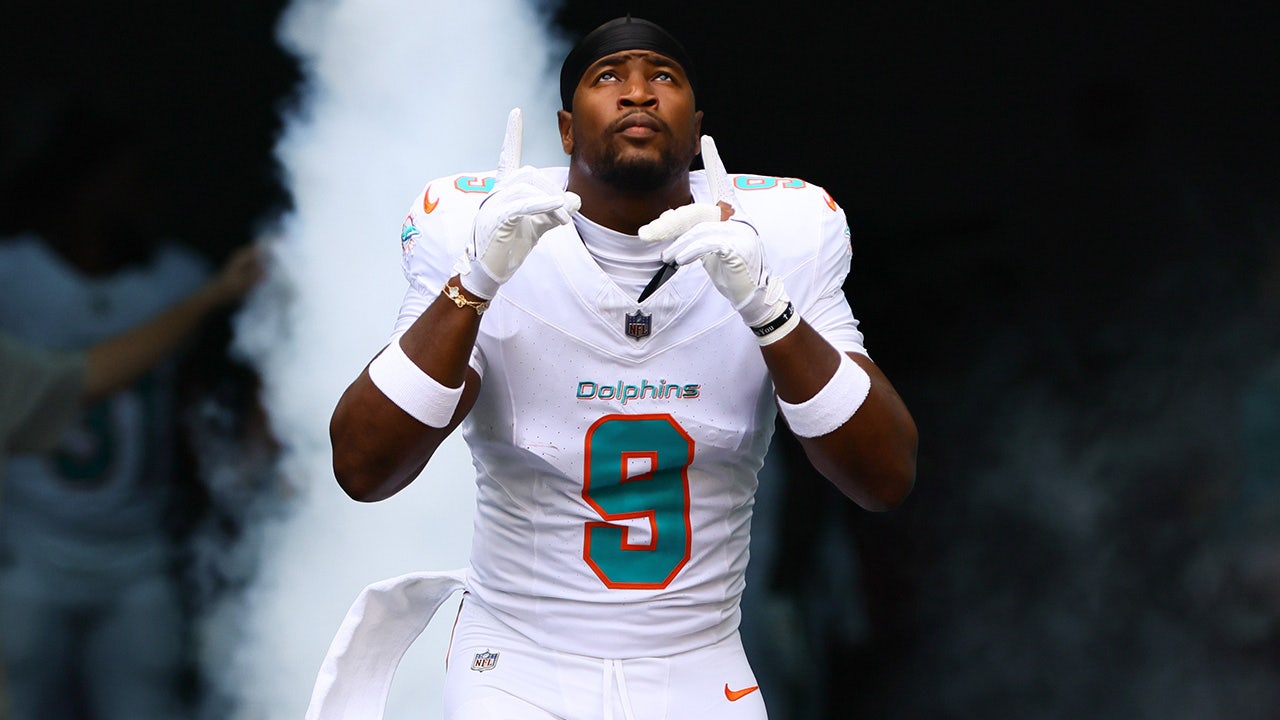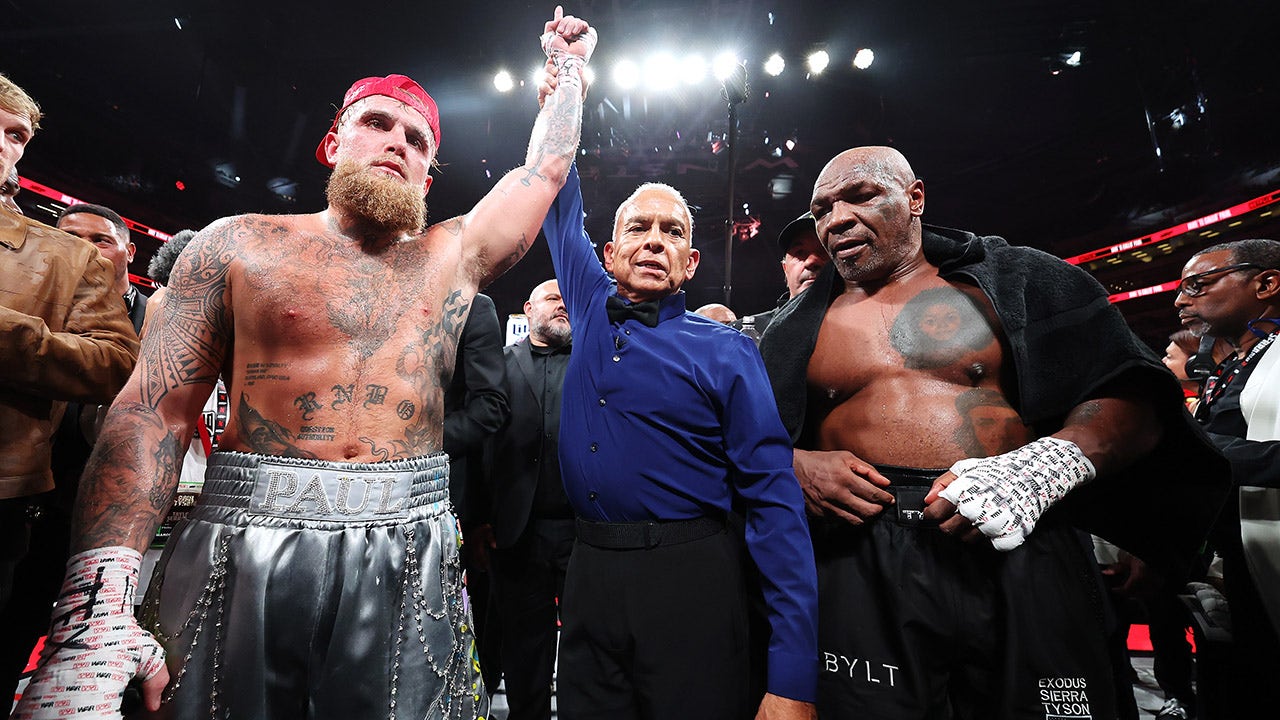The NCAA Division I Transformation Committee recommends stronger sport-by-sport governance, higher expectations for DI schools to create a more consistent experience for athletes, and allowing 25% of teams in certain sports to compete in championship events.
The committee’s final report was released Tuesday and will be presented to the Division I Board of Directors for consideration before next week’s NCAA conference in San Antonio.
Led by Southeastern Conference commissioner Greg Sankey and Ohio University athletic director Julie Cromer, the 21-member committee, made up mostly of college athletic administrators and university presidents, met weekly for most of the past year.
The report clarifies and details concepts that Sankey, Cromer and others have been discussing publicly for weeks.
The goal was to reform the highest and most lucrative level of collegiate athletics, which encompasses more than 350 schools. The result will be changes that might go largely unnoticed by collegiate sports fans.
The most noticeable change comes in championship participation. The 25% recommendation for all sports sponsored by at least 200 schools opens the door to a potential expansion of March Madness basketball tournaments from 68 to up to 90 teams each.
But the committee’s recommendations represent a first step in a process that could take years. This applies to most recommendations, not just championship participation.
No schools will be booted from Division I, and the committee recommended giving schools about two years to meet increased membership expectations.
The committee also said NCAA revenue could be used to subsidize schools that need help to meet new membership expectations.
Among the notable recommendations:
– Require schools to establish a “direct route for full-time clinical services of a licensed psychiatrist dedicated solely to the mentoring of student athletes.”
— Schools and conferences should establish student-athlete advisory committees, similar to those used by the NCAA, to allow athletes more involvement in decision-making.
— Call for more accountability, training and certification for trainers.
The committee has also recommended expanding allowable benefits for athletes to include more travel expenses, elite off-school training, incidental education expenses and more money for room and board.
The committee also recommended a review of membership requirements for football’s top division, Division I, known as the Bowl Subdivision. Today, these requirements are mostly linked to minimum attendance.
As part of governance, the committee recommended the establishment of sport-by-sport oversight committees, similar to those currently used in basketball and football. A movement to decentralize the administration of collegiate athletics was inspired by the Supreme Court Unanimous decision against the NCAA in June 2021 in an antitrust case.
Soon after that decision, Mark Emmert, now the outgoing NCAA President, called for a shift in power relations of the federation to create a more deregulated version of college sports. First the The NCAA has streamlined its constitutioncut by more than half to focus on the club’s overarching goals: to provide broad opportunities for participation in college sports and those involved to remain students.
This laid the basis for a more comprehensive reform of Department I, There are 363 Division I schools here with athletic budgets ranging from well over $100 million a year to less than $10 million. The Transformation Committee was tasked with reviewing DI membership qualifications, athlete benefits, access to championship events, revenue sharing, governance, enforcement and transfer rules.
From the beginning, Sankey has tried to moderate expectations on the work of the committee and pointed out that the board had never clearly defined what qualified as a transformation of DI.
In recent months it has become clear that while reforms can and can be implemented – the Committee’s recommendations on sport-specific periods when athletes could switch and keep immediate eligibility were already accepted – radical changes would not take place.
The committee instead referred several items to the NCAA Division I Legislative Committee Modernization of the Rules Subcommittee, such as eliminating the volunteer coach designation and a cap on recruiting visits.
For the DI Board, the committee recommended a review of the rules for athletes participating in professional drafts and using agents.
___
Follow Ralph D. Russo at https://twitter.com/ralphDrussoAP and listen at http://www.appodcasts.com
___
AP College Football: https://apnews.com/hub/college-football and https://twitter.com/ap_top25 Sign up for the AP Top 25 newsletter here: https://link.apnews.com/join /6nr /morning-wire-newsletter-footer-internal-ads
Copyright 2023 The Associated Press. All rights reserved. This material may not be published, broadcast, transcribed or redistributed without permission.





